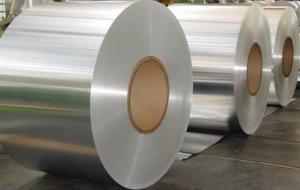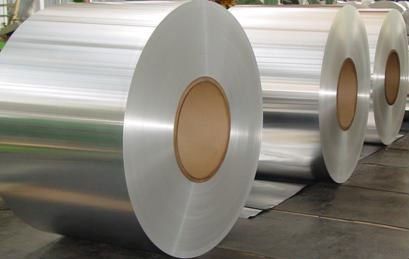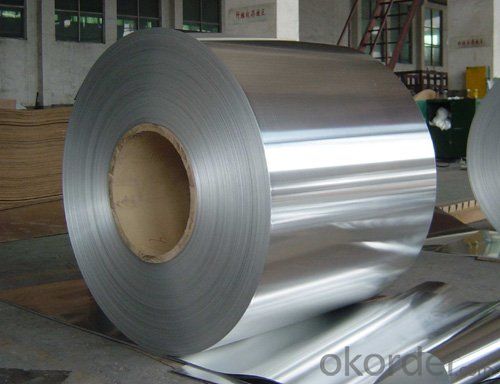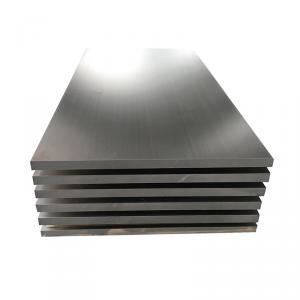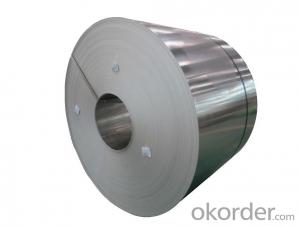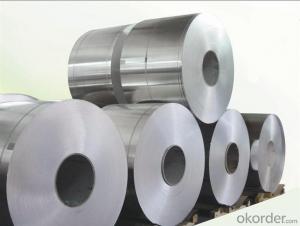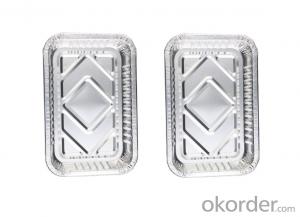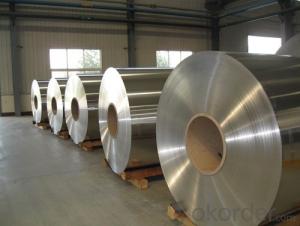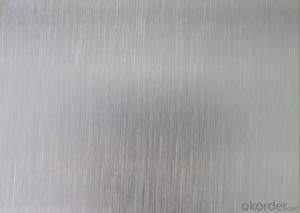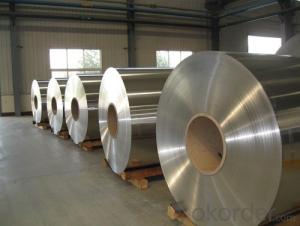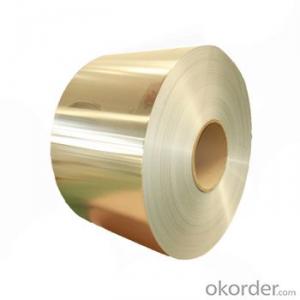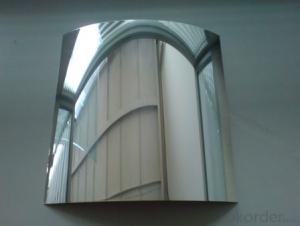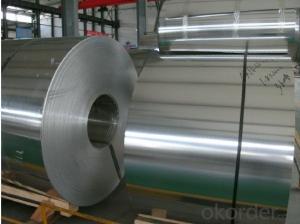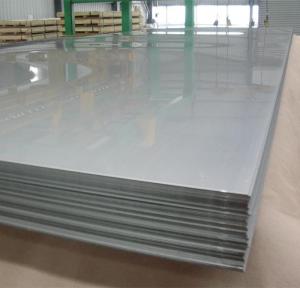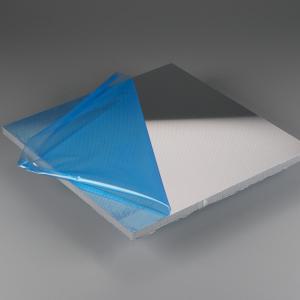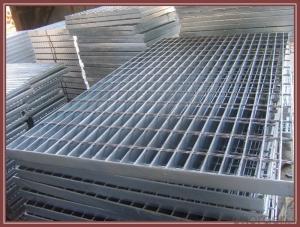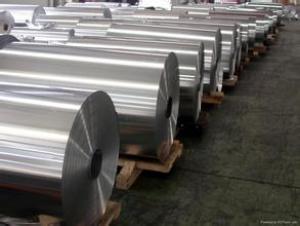Aluminum Sheets Missouri - Cold Rolling 1100/1050/1020/1060 Aluminum Coils for Decoration
- Loading Port:
- China main port
- Payment Terms:
- TT OR LC
- Min Order Qty:
- 5 m.t.
- Supply Capability:
- 600 m.t./month
OKorder Service Pledge
Quality Product, Order Online Tracking, Timely Delivery
OKorder Financial Service
Credit Rating, Credit Services, Credit Purchasing
You Might Also Like
Specification
Grade:
1000 Series,3000 Series,5000 Series
Surface Treatment:
Mill Finish
Shape:
Flat
Temper:
O-H112,Hard,Half Hard
Application:
Decorations,Door & Window
Thickness:
0.08-8mm
Width:
280MM -1500MM
Outer Diameter:
500 MM
Packaging:
Wooden pallet
Cold Rolling 1100/1050/1020/1060 Aluminum Coils For Decoration
Temper: h14,h16,h18,h22,h24,h26,h32,o/f
Thickness: o.o3mm-3.0mm
Width: 30mm-1700mm
Coating: pe(polyester),pvdf,epoxy
Painting thickness: standard 16-25 mic, max 40 mic
Color: according to ral colors or customer's samples
Packaging & Delivery
| Packaging Details: | Coil ID :508MM Coil Weight : about 2.5 tons or as per customers requirement Packing ; In Export Sea worhty wooden pallets Eye to wall or Eye to Sky One container can be loaded about 20 mts |
| Delivery Detail: | within 25 days after receiving L/C deposit |
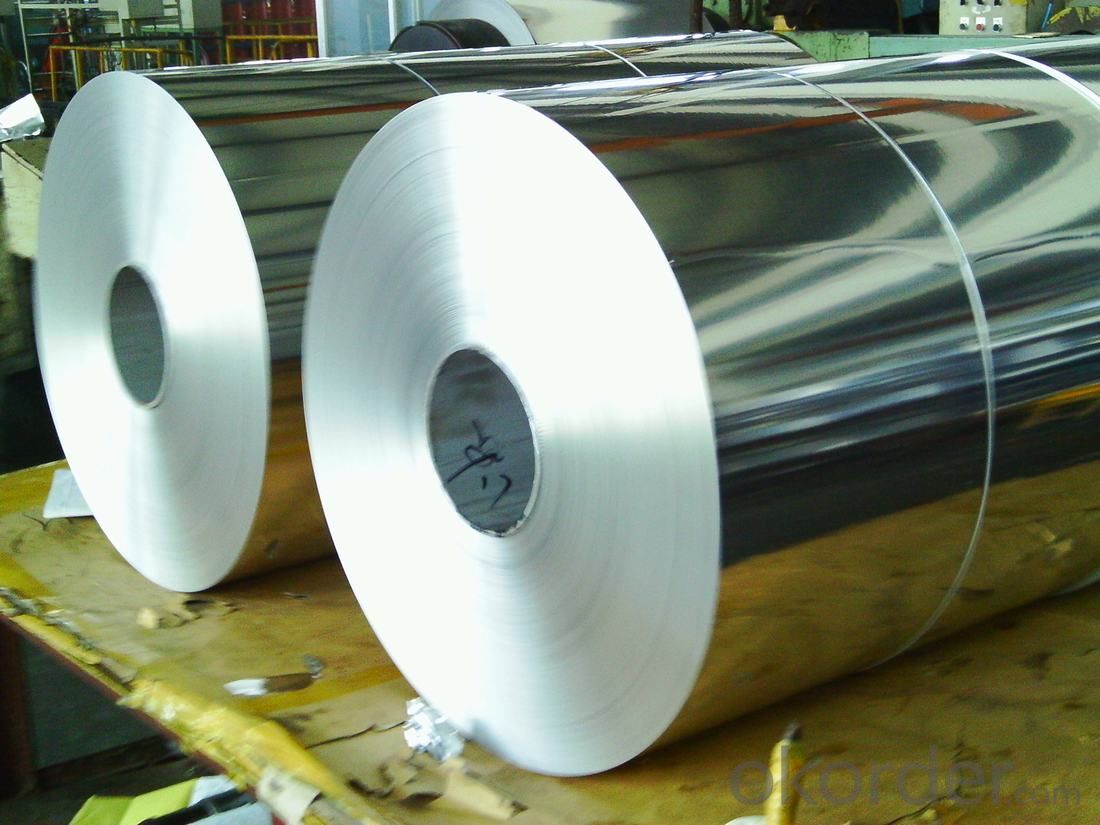
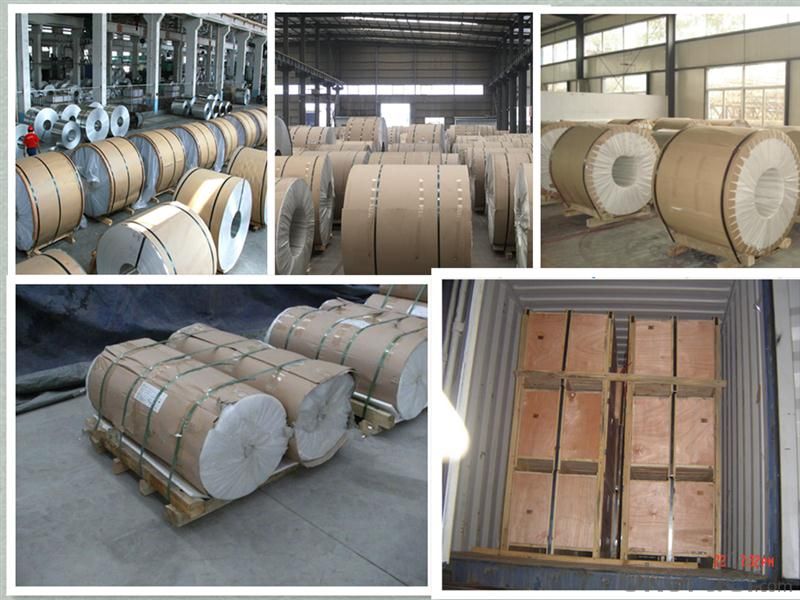
- Q: Can aluminum sheets be bent or formed without cracking or breaking?
- Yes, aluminum sheets can be bent or formed without cracking or breaking, but it depends on the thickness of the sheet and the method used for bending or forming. Aluminum is a highly malleable metal, which means it can be easily bent or formed into various shapes without breaking. However, if the sheet is too thin or the bending or forming process is done without proper care or precision, there is a risk of cracking or breaking. To avoid this, it is important to use appropriate tools and techniques, such as using a bending brake or a rolling machine, and ensuring that the sheet is not subjected to excessive force or stress during the process. Additionally, annealing the aluminum sheet before bending or forming can increase its flexibility and reduce the chance of cracking. Overall, with the right approach and precautions, aluminum sheets can be successfully bent or formed without cracking or breaking.
- Q: What is the surface finish of 101 aluminum sheets?
- The surface finish of 101 aluminum sheets can differ based on the specific manufacturing process and desired application. However, typical surface finishes for these sheets include mill finish, brushed finish, anodized finish, and painted finish. The mill finish refers to the untreated surface of the aluminum sheet, which may have some small imperfections or scratches. To achieve a brushed finish, the surface of the sheet is brushed with a fine abrasive material, resulting in a smooth and satin-like appearance. Anodized finish involves an electrochemical process that creates a protective oxide layer on the aluminum surface, giving it enhanced durability and resistance against corrosion. On the other hand, a painted finish involves applying a layer of paint onto the aluminum sheet to give it color and additional protection. Ultimately, the choice of surface finish for 101 aluminum sheets depends on the specific aesthetic, functional, and environmental requirements of the application.
- Q: Maybe you didn't know but in the year 2025 the earth's population will be up to 12 billion people, which is double what we have now. And i am doing a project on Aluminum, and I have to know if there is enough AL for this many people in the year 2025. So will there be enough AL in the world to support us all?
- Aluminium is the third most abundant element on earth after oxygen and silicon. I am quite sure that we will not run out of aluminium in the future. Oxygen - or at least pure good quality oxygen - is probably a more worrying scenario.
- Q: Can aluminum sheets be polished?
- Yes, aluminum sheets can be polished. Aluminum is a relatively soft metal, which makes it easier to polish compared to harder metals like stainless steel. Polishing aluminum sheets involves using abrasive materials such as sandpaper or polishing compounds to remove any imperfections, scratches, or oxidation on the surface. The process typically involves several stages of polishing with different grits of sandpaper or polishing compounds, gradually achieving a smoother and more reflective surface. Polished aluminum sheets are commonly used in various applications, including automotive parts, architectural elements, and decorative items, as the polishing process enhances the metal's appearance and provides a lustrous and reflective finish.
- Q: What is the electrical conductivity of 101 aluminum sheets?
- The electrical conductivity of 101 aluminum sheets would depend on various factors such as the thickness of each sheet, the purity of the aluminum, and any possible impurities or alloying elements present. Generally, aluminum is known for its relatively high electrical conductivity compared to other metals. However, without specific information about the aforementioned factors, it is difficult to provide an exact value for the electrical conductivity of 101 aluminum sheets.
- Q: Can aluminum sheets be used for industrial shelving?
- Certainly, industrial shelving can indeed make use of aluminum sheets. Aluminum, being a material that is lightweight and durable, offers numerous benefits for industrial shelving applications. It possesses resistance against corrosion, making it suitable for environments that face exposure to moisture or harsh chemicals. Moreover, the strength-to-weight ratio of aluminum proves advantageous, enabling the creation of robust shelves capable of supporting heavy loads while remaining relatively light in weight. Furthermore, aluminum is low-maintenance as it does not necessitate painting or sealing like other metals. Consequently, aluminum sheets are an incredibly practical option for industrial shelving due to their durability, resistance to corrosion, and lightweight characteristics.
- Q: I saw a nice looking set of cast aluminum pots for a very good price. They feel very heavy. But I remember hearing that aluminum is not healthy so I am wary of buying them. Any advice would be appreciated.
- The cast aluminium pot are used in families, hotels and for any needs. They are very safe to cook.
- Q: Are aluminum sheets resistant to corrosion?
- Indeed, corrosion is highly resisted by aluminum sheets. Upon exposure to air, aluminum creates a safeguarding oxide layer on its surface, effectively inhibiting any subsequent corrosion. This oxide layer serves as a shield, safeguarding the core metal against environmental elements, including moisture and corrosive substances. Furthermore, due to its minimal inclination to rust, aluminum is extensively favored in numerous domains where corrosion resistance is paramount, such as the fabrication of aircraft, automobiles, and marine vessels. In conclusion, aluminum sheets are renowned for their extraordinary ability to withstand corrosion, thereby enhancing their sturdiness and durability.
- Q: Do the aluminum sheets come with a protective coating?
- Yes, the aluminum sheets come with a protective coating.
- Q: Is there any reason to believe flushing aluminum foil down the toilet is a bad idea?
- sure ,the problems not the material thats not going to rot or move after it hits a bend in the sewer pipe or the plastic pipe in the wall ,its the stuff that will refuse to go down the pipe thats got a drag spot with the foil in the bend stopping the crap,, if you did this buy some plumbers acid at the home depot store and wear gloves and pour it down that drain and leave for a while then flush once wait then see if it comes back into the bowl, if not wait a little more then reflush
Send your message to us
Aluminum Sheets Missouri - Cold Rolling 1100/1050/1020/1060 Aluminum Coils for Decoration
- Loading Port:
- China main port
- Payment Terms:
- TT OR LC
- Min Order Qty:
- 5 m.t.
- Supply Capability:
- 600 m.t./month
OKorder Service Pledge
Quality Product, Order Online Tracking, Timely Delivery
OKorder Financial Service
Credit Rating, Credit Services, Credit Purchasing
Similar products
Hot products
Hot Searches
Related keywords
